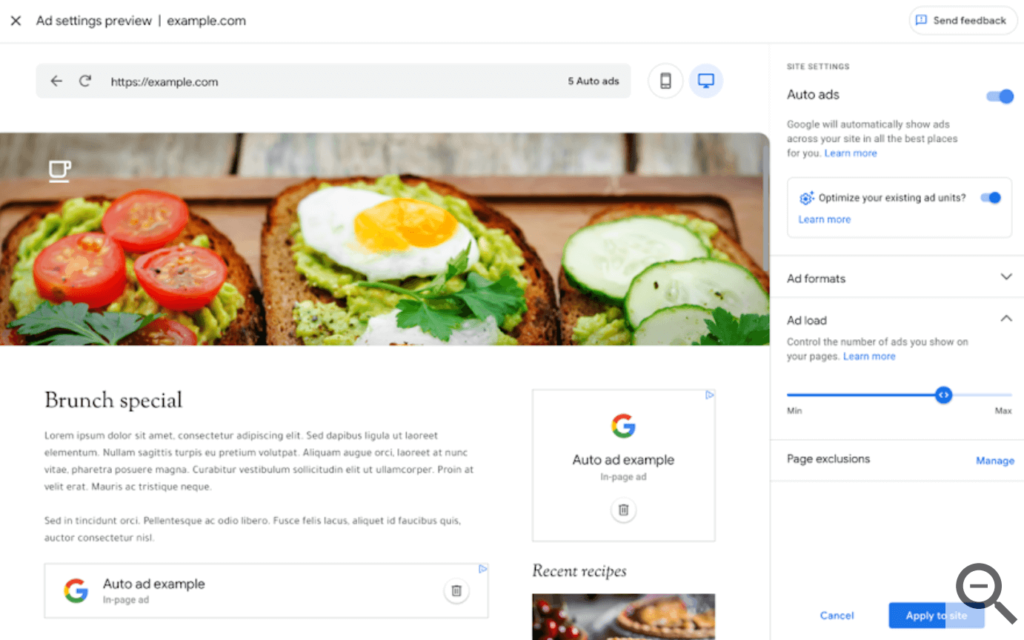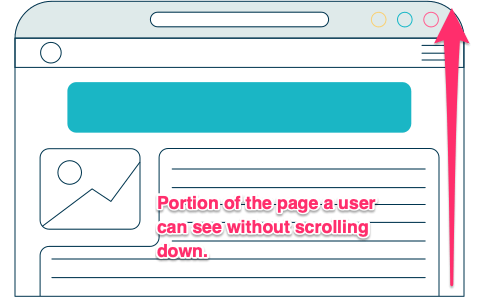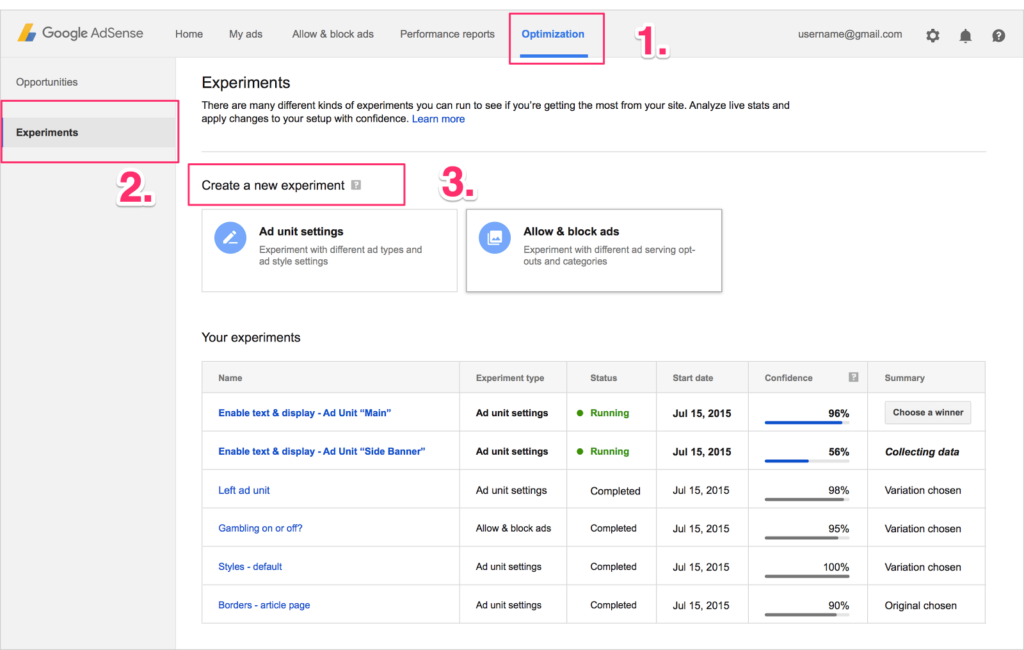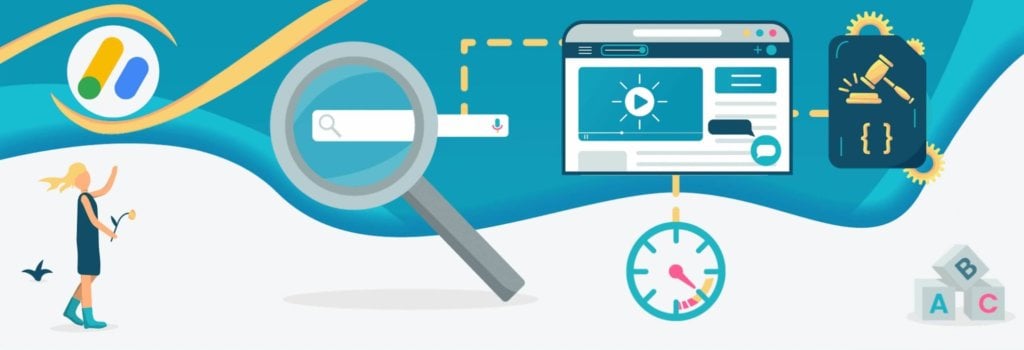Google AdSense Bid Types and Tips | Explained
Google AdSense has different bid types, which impact how publishers are earning their ad revenue. It’s important to understand how bid types work to set your ad placement strategy accordingly.
This article explains how many bid types there are and the 3 most valuable optimization tips that will help to improve your AdSense earnings.
What is Google AdSense, and How Does It Work?
Google AdSense is one of the most popular advertising platforms, allowing publishers to monetize websites. Here’s a full guide with strategies on how to monetize a website.
AdSense displays programmatic ads based on publishers’ websites’ audience and content. To decide which ad will appear on the publisher’s site, AdSense runs a real-time auction where advertisers who use Google Ads submit their bids, and the highest bid wins the auction.
Google AdSense is perfect for small-medium publishers (<100k monthly visitors). It is free to join, and the setup process requires no technical knowledge.
Now, let’s go through the bid types that AdSense offers.
How many AdSense bid types are there?
There are 4 different bid types in Google AdSense:
- CPC (cost-per-click);
- CPM (cost-per-thousand impressions);
- Active View CPM (Active View cost-per-thousand impressions);
- CPE (cost-per-engagement).
Let’s now look closer at each of them.
Google AdSense Bid Types
1. CPC (cost-per-click)
CPC payment model means that a publisher gets paid each time a user clicks on the ad.
How much a click will cost depends on how valuable your ad inventory is to advertisers and how much they’re willing to bid.
2. CPM (cost-per-thousand impressions)
In a CPM model, advertisers set their bids for each 1000 ad impressions. The CPM model implies that a publisher will earn revenue each time a user serves and views an ad.
In Google AdSense, CPC ads and CPM ads compete with each other. The ad which is expected to earn the most revenue for the publisher gets displayed.
3. CPE (cost-per-engagement)
With CPE, advertisers select a specific action that the visitor should perform. In this scenario, the advertiser only pays if the action is completed.
For example, an advertiser may decide to pay when a user hovers over a rich media expandable ad for at least two seconds.

4. Active View CPM (Active View cost-per-thousand impressions)
With Active View CPM, publishers get paid for the impressions that are measured as viewable (i.e., at least 50% of the banner is visible for at least 1 second).
It’s important to mention that publishers only receive 68% of the ad revenue from sold impressions in each bidding type, with Google taking the rest.
What’s the difference between cost-per-click (CPC) bidding and cost-per-view (CPV) bidding?
A cost-per-view (CPV) is a bidding method for video ads where advertisers only pay when a user views a video ad for more than 30 seconds (or interacts with it, whichever comes first).
On the other hand, a cost-per-click (CPC) is a model where advertisers pay when someone clicks on their ad. The ad doesn’t necessarily have to be a video ad.
What bidding strategy should you use?
CPC is the dominant bidding strategy in Google AdSense with the highest ad revenue potential.
CPM is the second highest-earning bidding strategy in AdSense. However, since AdSense has only one demand partner (Google), you won’t be able to sell your ad inventory for the highest possible price like you would with header bidding.
Keep in mind that your earnings in Google AdSense will depend on:
- how high your CTR is;
- the value of your audience.
The CPC strategy will deliver the best results if your CTR is over 1% and doesn’t fluctuate.
However, even if your CTR is low, but your audience is valuable, CPC will still outperform the CPM model. Why? Because in the CPM model, the clicks are not guaranteed, and the value of ad impressions is more obscure.
Therefore, to be safe, Google is bidding with higher prices where the clicks are guaranteed (CPC) even with low CTR and tries to bid as low as possible where the clicks are unknown (CPM) to reach the average target CPC. When the audience is valuable, and the CTR is low, the CPM bid becomes even riskier for Google.
Google AdSense Optimization Tips
1. Try Google Auto ads

This feature will enable AdSense to automatically show ads at optimal times and provide a good user experience. It is perfect for those who don’t want to invest too much time in ad setup.
Google’s technology will scan your page to understand its structure and determine where to place ads according to:
- your site’s layout;
- the amount of content;
- existing ad placements.
This, however, can potentially increase your ad revenue.
2. Improve ad viewability
Since the CPC model dominates Google AdSense, optimizing your ads for higher ad viewability is important. This will lead to more ad clicks and, ultimately, drive your ad revenue up.
To achieve a good viewability rate, follow these best practices:
- reduce page length to one fold;
- place ads above-the-fold (ATF) (see example);

- use responsive web design and responsive ad units;
- ensure your ads are rendered when the user navigates to them;
- don’t overcrowd the page with too many ads.
Related Article: How Many Ads Should I Put on My Website?
3. Run A/B tests
Google AdSense allows publishers to split their website traffic between two different ad settings and see which performs better. You can do this in the Optimization → Experiments tab of your AdSense account.

Most importantly, by running experiments, you’re not sabotaging your current revenue stream. You can run these experiments for auto ads, custom search ads, and blocking controls. Read more here to learn how to do it.
Conclusion
Remember, AdSense is a CPC platform, which means your CTR and the value of your audience are the main things that will impact your ad revenue.
However, there are more advanced programmatic techniques that can outperform Google AdSense like header bidding.
Setupad’s header bidding solution connects publishers to 30+ SSPs (including Google) at the same time. Publishers are paid on a CPM basis, meaning ad revenue is more stable and predictable than the CPC model.
If you’d like to know more about our services, click here or contact us at [email protected]


